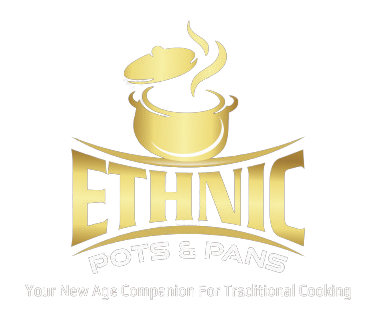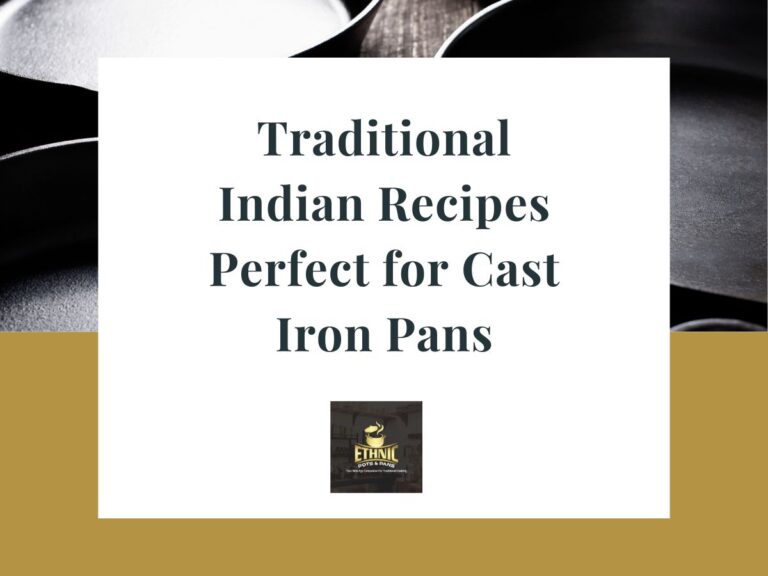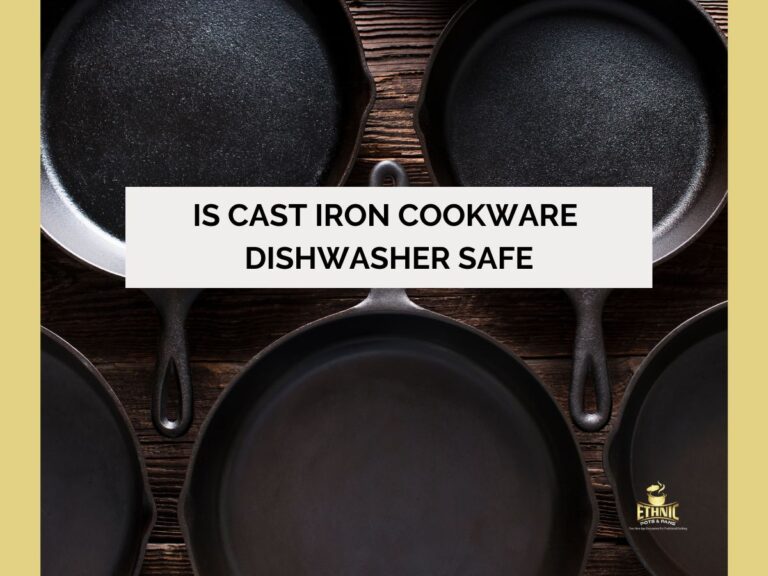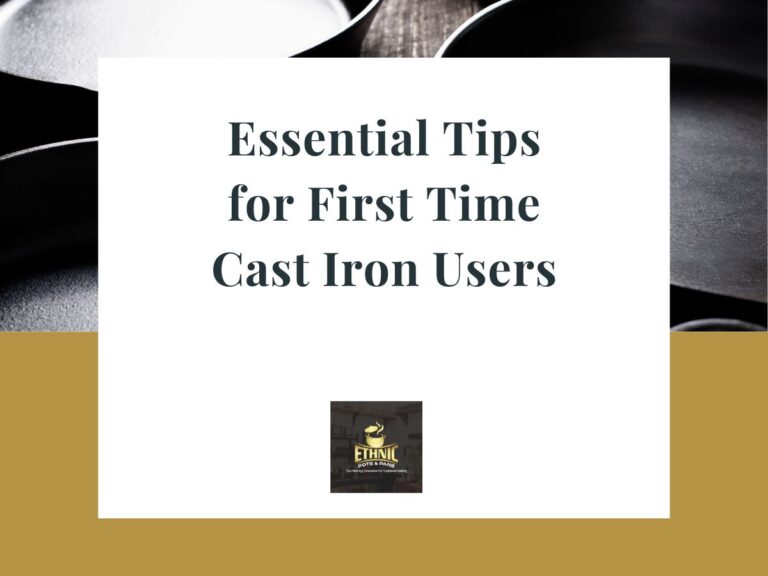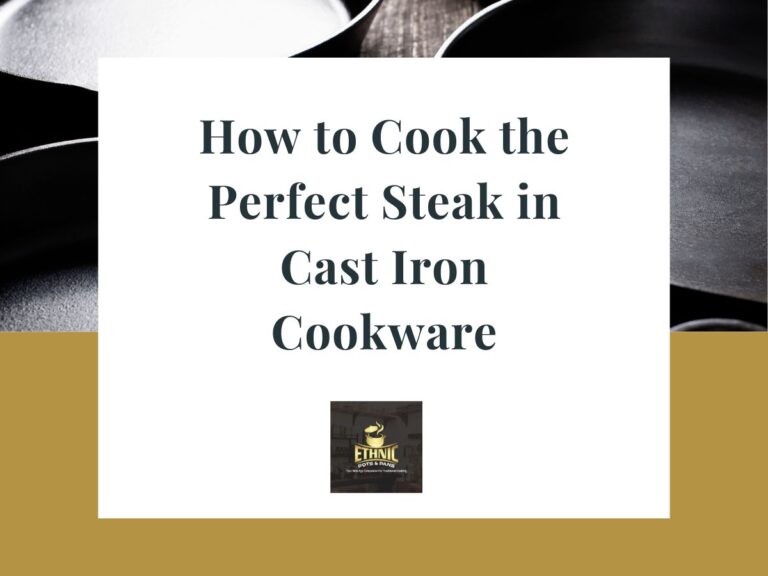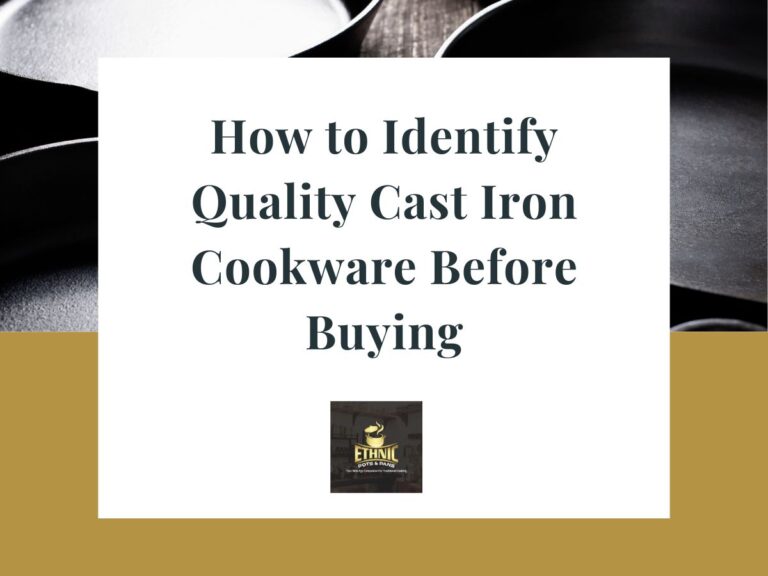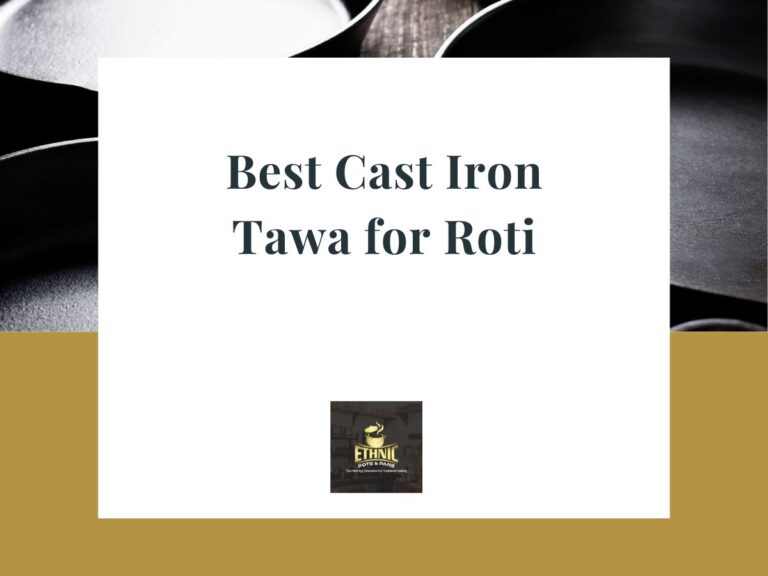Slow cooking is a cooking technique that involves preparing food at low temperatures for an extended period of time. The process allows tough cuts of meat to break down, flavors to deepen, and ingredients to meld together harmoniously. Whether you’re cooking a hearty stew, a tender pot roast, or a delicious biryani, slow cooking ensures that every ingredient reaches its maximum flavor potential.
While electric slow cookers have become popular, cast iron cookware has been the traditional choice for centuries. Cast iron’s ability to retain and distribute heat evenly makes it ideal for slow-cooking dishes on the stovetop or in the oven. This guide explores how cast iron compares to modern slow cookers and why it remains an essential tool in the kitchen for slow cooking.
Why Cast Iron is Perfect for Slow Cooking
1. Superior Heat Retention
The most critical feature of cast iron that makes it perfect for slow cooking is its ability to retain heat. Cast iron heats up slowly, but once it’s hot, it maintains a consistent temperature for an extended period. This is key for slow cooking because it ensures that your food is cooked evenly throughout the process, without sudden spikes or drops in temperature.
When you’re cooking a stew or braising meat, consistent heat is essential for breaking down tough fibers and collagen, resulting in tender, flavorful dishes. With cast iron, you can trust that your food will cook slowly and evenly, allowing you to achieve the desired texture and taste.
2. Even Heat Distribution
In addition to heat retention, cast iron distributes heat evenly across its surface. This means that there are no hot spots, which is crucial when slow cooking dishes that require even cooking. For example, when you’re slow-cooking a pot roast, you want to make sure that the heat is evenly distributed so that the meat becomes tender without overcooking one side.
The thickness of cast iron allows it to hold heat well, and the even distribution of that heat makes it perfect for slow cooking, whether you’re simmering soups, braising meats, or preparing a slow-cooked curry.
3. Versatility in Cooking Methods
One of the greatest advantages of cast iron cookware is its versatility. Cast iron can be used on various heat sources, including gas, electric stoves, induction cooktops, and even in the oven. This flexibility makes it perfect for slow cooking, as you can start your dish on the stovetop and then transfer it to the oven to finish cooking.
For example, you can sear meat in your cast iron Dutch oven on the stovetop, locking in the juices and creating a flavorful crust. Then, you can transfer the Dutch oven to the oven to slow-cook the meat, ensuring that it becomes tender and infused with the flavors of the dish.
Suggested Reading: How to get Perfect the Dosa on a Cast Iron Tawa?
4. Durability and Longevity
Cast iron cookware is built to last. With proper care, it can be passed down through generations, making it an excellent investment for home cooks who love slow cooking. Unlike modern slow cookers, which rely on electrical components that may eventually wear out, cast iron is virtually indestructible.
The longer you use cast iron, the better it becomes. Over time, a well-seasoned cast iron pot or pan develops a natural non-stick surface that enhances its cooking performance, especially for slow-cooked dishes. The more you cook with it, the more seasoned and versatile it becomes.
How to Slow Cook with Cast Iron
1. Choosing the Right Cast Iron Cookware
To start slow cooking with cast iron, you’ll need the right type of cookware. The most popular cast iron options for slow cooking are Dutch ovens, skillets. A cast iron Dutch oven is ideal for slow-cooking larger cuts of meat, soups, stews, and even breads. The heavy lid of the Dutch oven helps trap heat and moisture inside, creating the perfect environment for slow cooking.
Ethnic Pots and Pans’ pre-seasoned cast iron Dutch ovens are designed specifically for these purposes. Our Dutch ovens are perfect for dishes that require hours of slow cooking, allowing you to achieve tender, flavorful results every time.
2. Prepping and Searing Your Ingredients
Before slow cooking, it’s essential to prepare your ingredients properly. If you’re slow-cooking meat, start by searing it in your cast iron cookware. Searing helps to develop a deep, caramelized crust that locks in flavor and juices. This step is critical for dishes like pot roast or lamb biryani, where the meat needs to be flavorful and tender.
Once you’ve seared your meat, you can add your other ingredients, such as vegetables, broth, and spices, to the cast iron pot. The searing process also helps to release delicious browned bits that add richness and depth to the final dish.
3. Low and Slow Cooking on the Stovetop or in the Oven
Slow cooking with cast iron requires patience. The key to success is keeping the temperature low and allowing the food to cook over an extended period. On the stovetop, you can use a low flame to simmer your dish gently. Alternatively, you can place your cast iron pot in the oven at a low temperature (typically between 250°F to 300°F) and let it cook for several hours.
The thick walls of cast iron cookware retain heat, so once the food reaches a steady temperature, it will cook consistently without the need for constant monitoring. This makes it perfect for dishes like chili, stew, or biryani that require long cooking times.
Suggested Reading: Does Cast Iron Cookware Work On Induction?
4. Maintaining Moisture and Flavor
One of the keys to slow cooking is maintaining moisture. Cast iron cookware excels in this area because its heavy lids create a tight seal, trapping steam and moisture inside the pot. This prevents your dish from drying out during the long cooking process and helps to concentrate the flavors.
If you’re cooking a dish that requires liquid, such as a stew or soup, the cast iron pot will allow the flavors to develop slowly and richly, resulting in a dish that is bursting with flavor.
Benefits of Slow Cooking with Cast Iron
1. Enhancing Flavor
Slow cooking in cast iron allows ingredients to slowly release their flavors and aromas. Over time, the spices, herbs, and other ingredients in your dish meld together, creating a rich, complex taste that can’t be achieved through fast cooking methods.
For example, slow-cooked Indian dishes like lamb curry or dal benefit from the gradual infusion of spices and flavors. The longer cooking time allows the spices to bloom and the flavors to intensify, resulting in a more authentic and delicious dish.
Suggested Reading: Is Cast Iron Cookware Healthy?
2. Tenderizing Tough Cuts of Meat
Slow cooking is ideal for breaking down tougher cuts of meat, such as brisket, lamb shanks, and short ribs. The low, steady heat of cast iron allows the collagen and connective tissue in the meat to break down, resulting in melt-in-your-mouth tenderness.
This is particularly important for dishes like biryani, where the meat must be tender and flavorful without falling apart. Cast iron’s slow cooking capabilities ensure that the meat cooks evenly and retains its moisture, resulting in a perfectly cooked dish every time.
Slow cooking with cast iron cookware is a tried-and-true method that produces delicious, flavorful, and tender dishes. With its superior heat retention, even heat distribution, and versatility, cast iron cookware is the perfect tool for slow cooking everything from stews to biryanis.
At Ethnic Pots and Pans, our pre-seasoned cast iron Dutch ovens and skillets are designed to help you master the art of slow cooking. Whether you’re a seasoned chef or a home cook, cast iron cookware is an investment that will enhance the quality of your dishes and last for generations. Slow cooking with cast iron is more than just a cooking method—it’s a culinary tradition that brings out the best in every ingredient.
